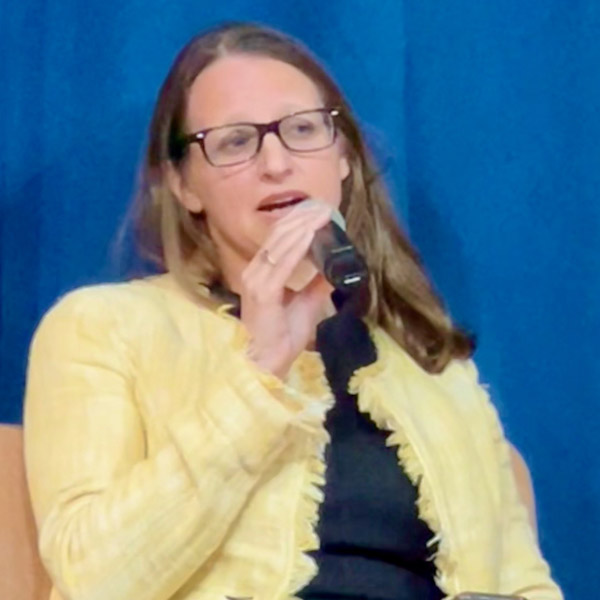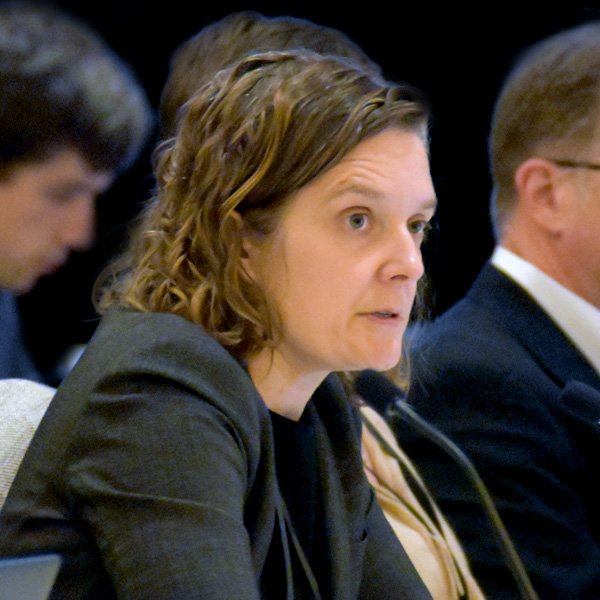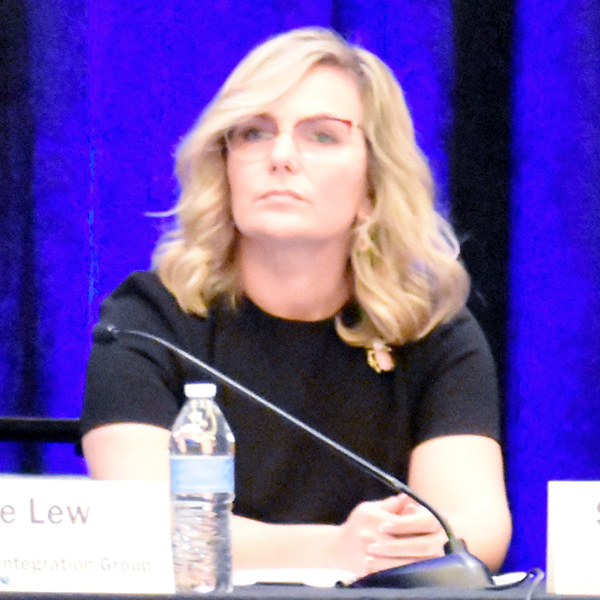New York on Thursday rejected inflation adjustment requests for 90 planned wind and solar projects that total more than 12 GW of capacity and constitute much of the state’s contracted clean energy pipeline.
The industry organization that petitioned for most of the adjustments called the move short-sighted, casting the projects into “serious jeopardy” and potentially putting the state’s 2030 statutory clean-energy goal out of reach. Construction has not begun.
But the Public Service Commission said granting the developers’ requests would undercut the competitive energy market as well as the fairness and integrity of the bidding process by which the state is building out its renewable portfolio.
There also is the issue of money: Utility ratepayers already were on the hook for $10 billion worth of renewable energy certificates that would help fund the projects, Department of Public Service staff said. Granting the increases sought would have raised the cost to $22 billion, staff said, with no guarantee that further increases would not be needed.
The developers of four offshore wind projects, five onshore wind projects and 81 solar projects contracted in earlier state solicitations petitioned on the same day in June 2023 for cost-adjustment mechanisms similar to those included in more recent solicitations (Case 15-E-0302 and Case 18-E-0071).
Most of these projects have been in development for several years and recently have seen sharp cost increases — but there was no inflation-adjustment mechanism in their solicitation.
The New York State Energy Research and Development Authority, which is managing the state’s renewable energy procurement, eventually declared support for some form of inflation adjustment.
After Thursday’s PSC order, NYSERDA said it would move to expedite the bidding process.
“NYSERDA recognizes the critical competitive principles articulated in today’s New York State Public Service Commission order,” President Doreen Harris said in a prepared statement. “Based on this order and Governor Hochul’s direction, NYSERDA, as the administrator of the Clean Energy Standard, will act swiftly to continue advancement of large-scale renewable energy projects toward meeting New York’s Climate Act goals.”
Later Thursday, NYSERDA released a new action plan to support renewable energy development and maximize the economic benefits derived from the transition. (See “NY Creates Action Plan for Renewable Energy Development“).
Polarizing Issue
New York has among the most ambitious clean energy/climate protection agendas in the nation and has backed it up with aggressive policy moves.
But it also is known as one of the slowest and most expensive places to develop generation and transmission. And it already has some of the highest electric rates in the nation, particularly downstate.
The June petitions were polarizing: Some comments to the PSC urged approval because the climate crisis is so pressing, or because so many jobs would be supported by the projects. Others urged rejection because the request was unfair and/or expensive. Some commenters merely laid out their organization’s priorities without suggesting how to meet them.
Thursday’s PSC meeting had an abnormally large audience — more than 1,000 people were watching online at one point.
But the sometimes-fractious group of seven commissioners united in criticism of the request and rejected it unanimously.
Several lashed out at the perception they said some clean-energy advocates had created in the days leading up to Thursday’s meeting — that the PSC with its vote actually would be terminating the contracts, and that the entire clean-energy transition was riding on their vote.
Commissioner Tracey Edwards decried the “audacity” of the request.
“To say, ‘Well, you have to give us 12 billion more dollars or we’re going to walk away?’ Walking away is your choice. And we certainly hope that you do not do that. But that is on you. It is not on us.”
Another point made: The bidders who won state contracts for their projects beat out other bidders who might have submitted more expensive but more realistic bids; to give them more money now would encourage future bidders to submit lowball proposals with the expectation of adjustments after signing the contracts.
PSC Chair Rory Christian said competitive procurement is critical to protect ratepayers in a competitive energy market.
“So, by rejecting this relief, we signal to every vendor that our contracts, our commitments, are worth the paper they are written on. We signal that ratepayer funds are not an unlimited piggy bank.
“To the developers: We have a deal. We expect all developers, no matter how large, to abide by their commitments … New York will continue to lead, but we will not be willingly led onto a path that jeopardizes all our future endeavors.”
Not addressed Thursday was the fate of related petitions by developers of two major transmission projects, Clean Path New York and Champlain Hudson Power Express, both of which sought inflation-related adjustments if the generation projects were granted such an increase.
Commissioner Diane Burman said those petitions should be considered moot because they were predicated on the PSC allowing an inflation adjustment to the 90 generation projects, which it was not going to do.
Stakeholder Reaction
While criticizing the inflation request, some of the commissioners took a moment to say they did not doubt the economic pressures cited in the petitions were real and were damaging.
Multiple developers have said their projects cannot go forward under the financial terms they agreed to years ago.
Among the most visible, because of their sheer size, were the Beacon, Empire and Sunrise offshore wind projects, which total 4.2 GW of nameplate capacity and would provide nearly half the state’s 9-GW offshore wind goal.
Without them, New York has only the 132-MW South Fork Wind project, now under construction east of Long Island.
All Northeast offshore projects not already under construction are struggling, not just New York’s. Power purchase agreements were canceled for three New England projects for the same reasons as are being cited in New York.
Ørsted, the world’s largest offshore wind developer, has been particularly blunt about potentially not proceeding on its U.S. projects without more money.
David Hardy, CEO Americas for the Danish company, told NetZero Insider via email:
“We are disappointed in the PSC’s decision today. The timely development of Sunrise Wind is critical to meeting the state’s 2030 clean energy targets. We believe making available the same inflation-related mechanisms offered to recent offshore wind projects is a reasonable solution for addressing the unprecedented macroeconomic factors challenging first-wave offshore wind farms while also keeping New York’s climate goals within reach.
“We are reviewing the PSC’s order, but Sunrise Wind’s viability and therefore ability to be constructed are extremely challenged without this adjustment. We will evaluate our next steps and communicate the status of the project as soon as possible as our joint venture and board consider the best options going forward in light of this decision.”
The Beacon and Empire projects are a joint venture of Equinor and BP.
Equinor Renewables America President Molly Morris told NetZero Insider via email:
“Equinor and bp are disappointed at the New York Public Service Commission’s rejection of Empire Wind and Beacon Wind’s petition for support to help offset the unforeseen challenges facing our industry today stemming from inflation, supply chain disruptions and high interest rates.
“Equinor and bp’s Empire Wind and Beacon Wind projects are poised to deliver enough renewable energy to power approximately two million New York homes while sparking billions of dollars in economic development, creating thousands of jobs and delivering new infrastructure for the 21st century. At the same time, these projects must be financially sustainable to proceed. Equinor and bp will assess the impact of the State’s decision on these projects.”
The Alliance for Clean Energy New York submitted the petition on behalf of developers of the 86 onshore projects. ACE NY President Anne Reynolds told NetZero Insider on Thursday that the commissioners’ lengthy comments rejecting the petitions skimmed over some key facts:
Not one said canceling and rebidding would be less expensive or more beneficial for ratepayers.
The concept of rebidding previously is unmentioned, and there is no indication how it would work. (NYSERDA could not provide any clarification by late Thursday.)
There are not a lot of viable locations for onshore wind left in upstate New York — if these five projects are canceled, there are few alternatives.
The criticism that ACE NY’s petition does not guarantee the projects would be built even if they got the inflation adjustment is a nonissue. First, the point is moot if they are not built because there will be no RECs to adjust the price of. Second, there are factors beyond the control of ACE NY or the developer that could delay or kill a project, including interconnection and local permitting — so a guarantee would be meaningless.
Reynolds said the developers ACE NY represented in the petition agree their projects are at “serious risk” without the relief sought in the petition. But whether or when a project is canceled likely would depend on the time frame for any opportunity to rebid, and on the timing of costly milestones such as contract deposits or interconnection fees.
She added:
“The question [PSC commissioners] should have been asking today is not the cost of requested relief vs. zero, it should be a question of the requested relief vs. what it’s going to cost New York to get those renewables another way.”


